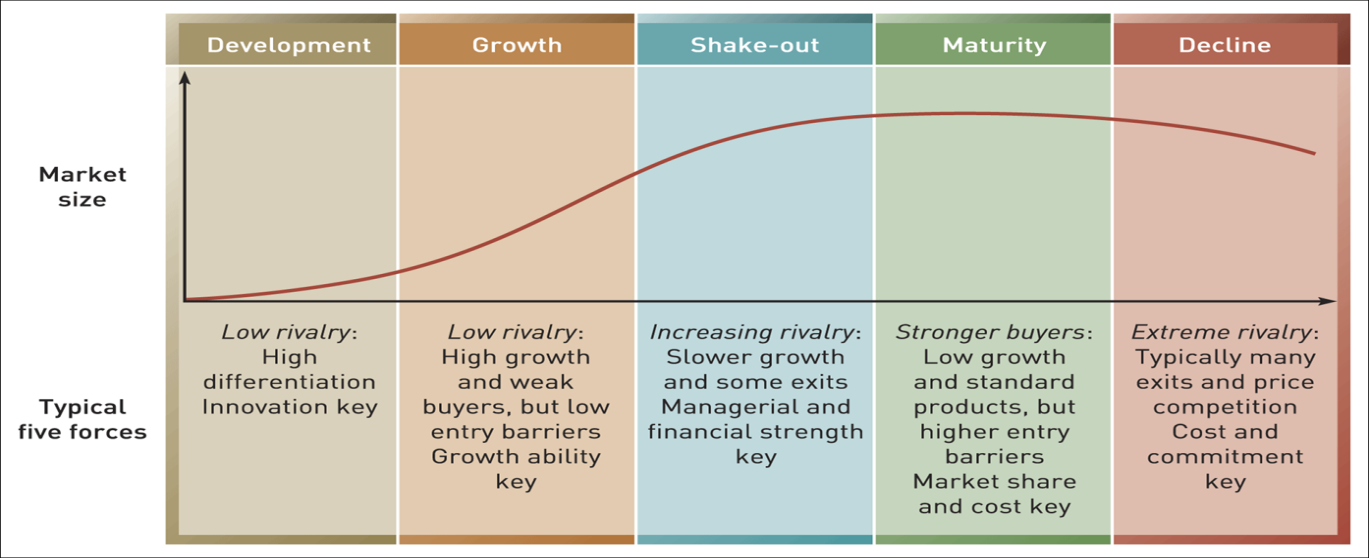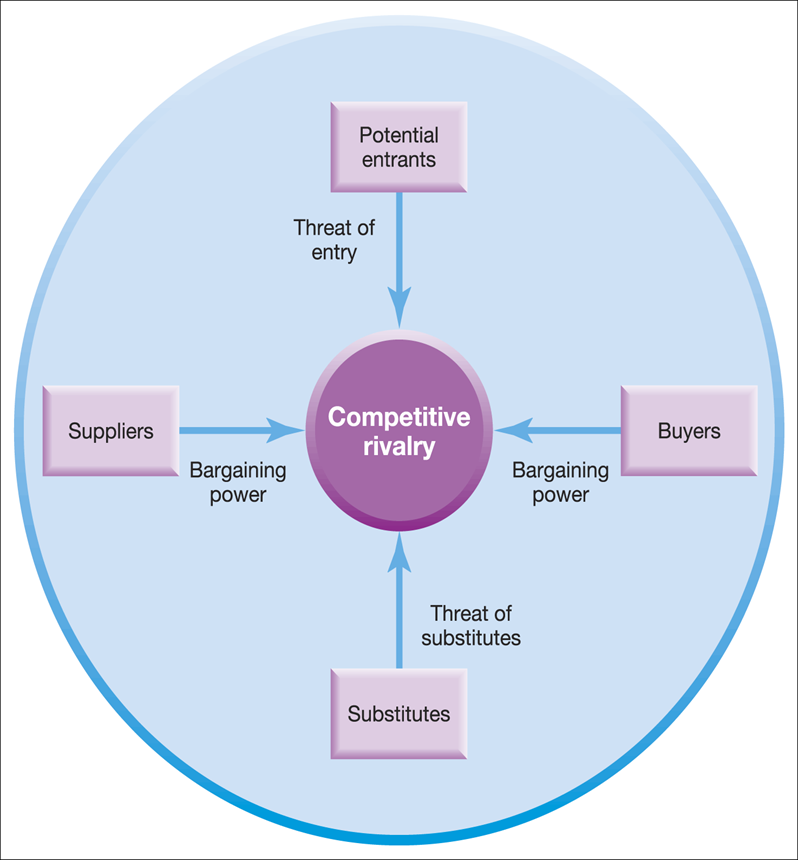Introduction
Tawazun Economic Council is one of the entities mandated by the government to promote diversification of the United Arab Emirates’ economy. Established in 1992, the primary goal of this institution is to identify and pursue new ventures in different sectors of the economy to boost growth. The council has always focused on modern technologies as a way of promoting the country’s socio-economic and political development in the region (Oxford Business Group 146).
It has collaborated with various defense contractors at the global level to enable the government to have access to modern military hardware at relatively low costs. Some of the industries that this entity has also explored include shipbuilding, aircraft leasing, district cooling, fish farming, agriculture, healthcare, education, and banking (Oxford Business Group 148).
The management of the council must understand that the ability to realize the mandate depends on how effective the institution is in its local and global operations. In this paper, the focus is to use strategic management principles and theoretical concepts such as Porter’s Five Forces to analyze the industry and competitiveness of the council.
Industry Analysis
Type of Industry
When analyzing the industry in which this firm operates, it is necessary to start by defining its type. Küng-Shankleman explains that there are four different types of industries, which include monopolistic, oligopolistic, perfectly competitive, and hypercompetitive industries (56). Tawazun Economic Council operates in a monopolistic industry, where it is the only dominant player. Although some of the industries where it invests its resources may be highly competitive, it does not share the same mandate with any other institution in the country. The monopolistic nature of its operations offers it an opportunity to expand its reach to foreign markets.
Develop and Change in the Industry Life Cycles
It is also important to analyze change and development of the industry based on the concept of industry life cycles. The stage of this industry can be described as growth based on the life cycle model shown in figure 1 below. The firm has just passed the development stage and it is currently experiencing considerable growth. Although the level of rivalry in the local market is low, the decision to explore foreign market means that entry barriers are eliminated. The firm should be ready to compete with other entities, which have conflicting interests.

Porter’s Five Forces Analysis
It is necessary to conduct a further analysis of the industry using Porter’s Five Forces model shown in figure 2 below. Tawazun Economic Council is run in a way that makes it difficult to specify the industry within which it operates. As an entity that was established to boost diversification in the economy of the country and foreign investment, the entity is active in various industries. It is necessary to analyze the threats that it faces in the market. The level of challenge of potential entrants in different industries is high. For instance, the joint ventures it has in ship building and advanced military hardware maintenance faces a threat from potential new entrants because the entry barriers in some foreign nations are relatively low.
The buyer power in the local market depends on the nature of customers served. One of the main clients of this council is the government of the United Arab Emirates and other regional governments that may want to acquire its military hardware and related products. The bargaining power of these government entities is high. However, the power of individual buyers, for instance companies that may want to purchase ships or maintain their aircrafts, is relatively low.
The bargaining power of the suppliers also varies depending on the materials that this council needs to acquire. In the local market, suppliers have relatively low bargaining power because the council has government support and it is monopolistic in nature. In the foreign market, it has to compete with other firms to access specific raw materials, which give some of these suppliers power to negotiate prices favorable to them.
The threat of substitute products is relatively low in the local market. The mandate that the government has given this firm enables it to explore new industries and products with the aim of diversifying the economy. Although existing or new firms may come up with products that rival those offered by the council, such a threat is low. Similarly, the competitive rivalry in the local market is very low. No other entity exists in the country that has a mandate similar to that of this company.
However, the firm cannot avoid competition in the industries where it has joint ventures with foreign firms. For instance, the global ship building industry is very competitive (Küng-Shankleman 36). These ventures have to compete against other European and American ship building companies.

Strategic and Competitor Positions
Tawazun Economic Council enjoys monopoly in the country in terms of the goals that it has to achieve. However, it faces rivalry in the market in the individual industry that it often considers making investment. In this section, the focus is to analyze the strategic and competitor positions based on strategic group map, market segments, and Blue Ocean.
Strategic Groups Map
In the individual industries in which this firm operates, it has to counter competition from other global firms. When using strategic group map, it is possible to understand the position of the firm and its competitive edge over market rivals. As shown in the strategic group map in figure 3 below, Tawazun and its joint partner in the ship building business, Etihad Ship Building, have a reputation of producing high quality and expensive products.
However, the geographic coverage is low, often targeting the local and regional markets. The strategy is completely different from that of Shanghai Waigaoquiao that produces low quality products but targets a wide market. In between these two strategies are Hyundai Mipo and Mitsubishi Heavy Industry, as shown in the figure below. Mitsubishi Heavy Industries produces high-end products, which are sold in a wide market, while Hyundai Mipo tries to balance both quality and price.

Market Segments
Tawazun Economic Council targets different markets using a wide range of products. Some of its products, such as the military hardware, are exclusively designed for government entities. However, some of the products such as ships are often sold to individuals and companies. The strategic group map above helps in identifying the market segment that this firm often target in the market. It is evident that this entity often targets the rich. These individuals often demand for the best quality, but they are always willing to pay high prices. Most of these customers are within the Middle East.
Blue Oceans
Blue Ocean, as Morden notes, refers to new market spaces where competition is low (67). It involves creation and capturing of uncontested markets with the primary aim of expanding a firm’s market share and profitability (Küng-Shankleman 80).
The strategy is often appropriate when a firm is experiencing slowed growth in the market because of the saturation of firms offering similar products. Instead of developing strategies to counter local rivals, a firm identifies a blue ocean, a market space that other firms have not considered exploring. The strategy entails developing a new product for the current market or taking the current product to a new market that has the right demand. As an innovative entity that is focused on diversifying the economy of the country, Tawazun should focus on both strategies to increase its income and market share.
Conclusion
Tawazun Economic Council plays a critical role in promoting diversification of the United Arab Emirates’ economy. The council has had joint ventures with various local, regional, and international companies across different industries.
The strategy is meant to increase economic growth in the country. It has helped the UAE to reduce its reliance on oil and gas sector by improving other industries such as agriculture, healthcare, banking, aviation, and education. Although it enjoys monopoly in terms of the mandate given to it by the government, this entity faces competition in different markets where it operates through joint ventures. The firm should consider embracing various competitive strategies to overcome different threats identified in the market.
Works Cited
Küng-Shankleman, Lucy. Strategic Management in the Media: Theory and Practice. 2nd ed., SAGE, 2016.
Morden, Tony. Principles of Strategic Management. 3rd ed., Routledge, 2016.
Oxford Business Group. The Report: Economy, Energy, Trade & Investment, Industry, Real Estate, Education, Banking, Transport, Tourism & Culture, Ifs, Sports, Interviews. Oxford Business Group, 2016.